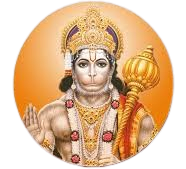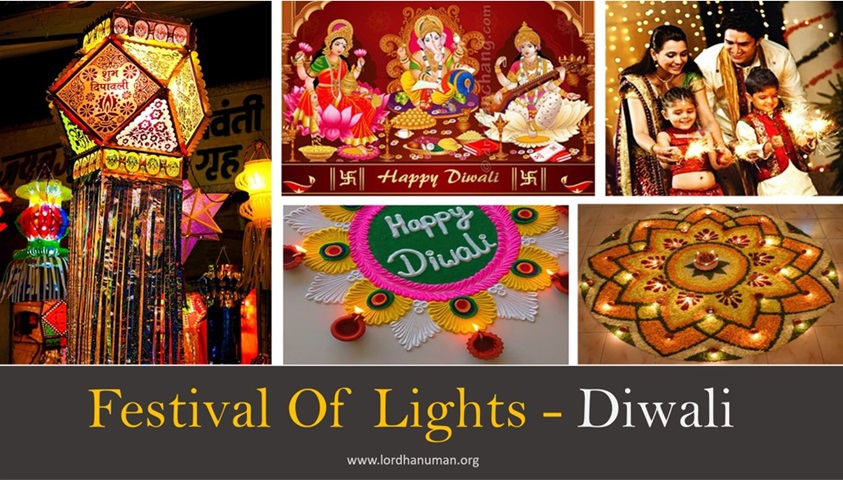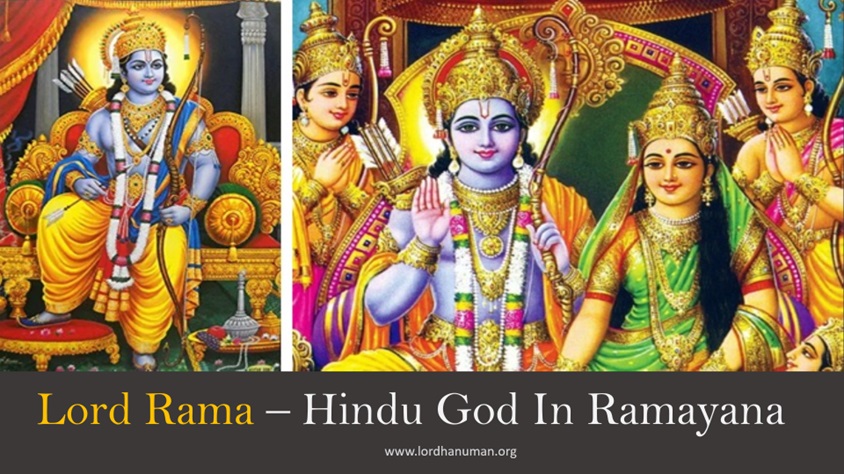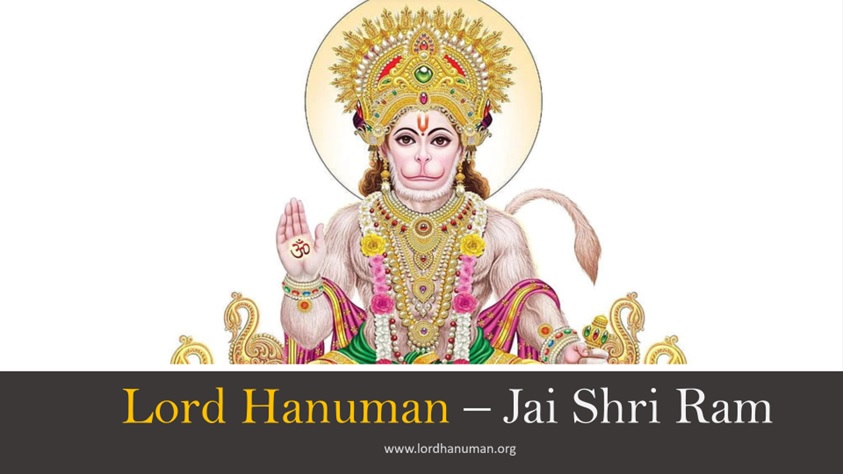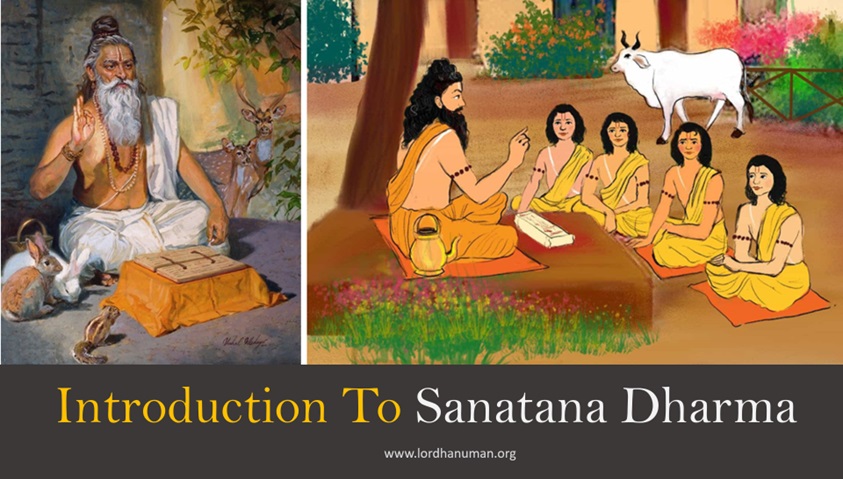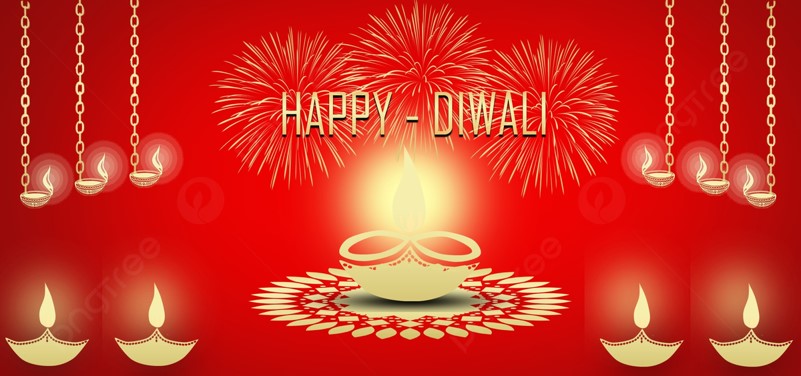
Diwali
Deepavali
दिवाली
Festival Of Lights
Diwali, also known as the festival of lights or Deepavali, is one of the most widely celebrated festivals among Hindus worldwide.
Diwali, also known as the Festival of Lights or Deepavali, is one of the most significant and widely celebrated festivals in India and among Hindus worldwide.
The word “Diwali” is derived from the Sanskrit word “Deepavali,” which means a row of lights. The festival usually spans five days, with the main celebration occurring on the third day. Diwali typically falls between October and November, depending on the lunar calendar.
Diwali, the Festival of Lights, encapsulates the rich tapestry of Indian culture, spirituality, and traditions. It is a celebration of victory, light, and the triumph of good over evil. The festival’s enduring appeal lies in its ability to transcend religious and cultural boundaries, fostering a sense of unity, joy, and shared humanity.
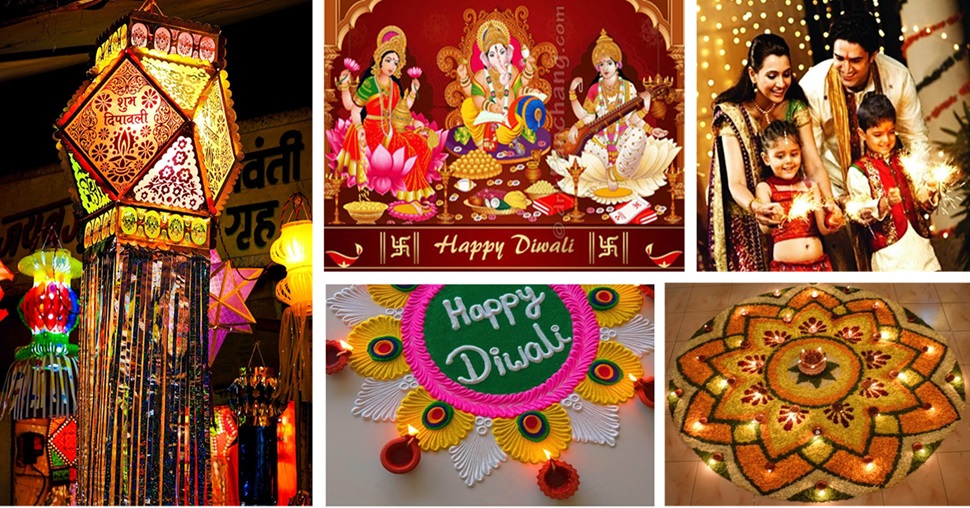
As Diwali approaches each year, it brings with it a sense of anticipation, excitement, and the promise of new beginnings. Whether through the lighting of lamps, the creation of vibrant rangoli, the exchange of gifts, or the sharing of festive meals, Diwali serves as a reminder of the power of light to dispel darkness and the potential for positivity and goodness to prevail.
Diwali - Historical And Cultural Significance
Diwali holds immense historical and cultural significance, with roots that trace back to various legends and stories.
One of the most well-known narratives associated with Diwali is the return of Lord Rama to Ayodhya after defeating the demon king Ravana. The people of Ayodhya illuminated the city with lamps to welcome their beloved prince, symbolizing the victory of light over darkness and good over evil. This was the first Diwali celebration in Ramayana.
Lord Rama Returns Ayodhya
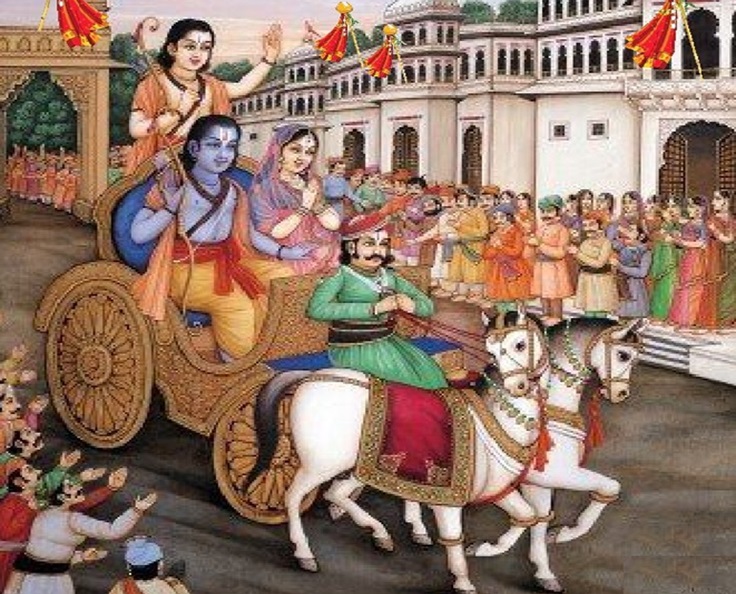
Lord Rama Rājyābhiṣeka
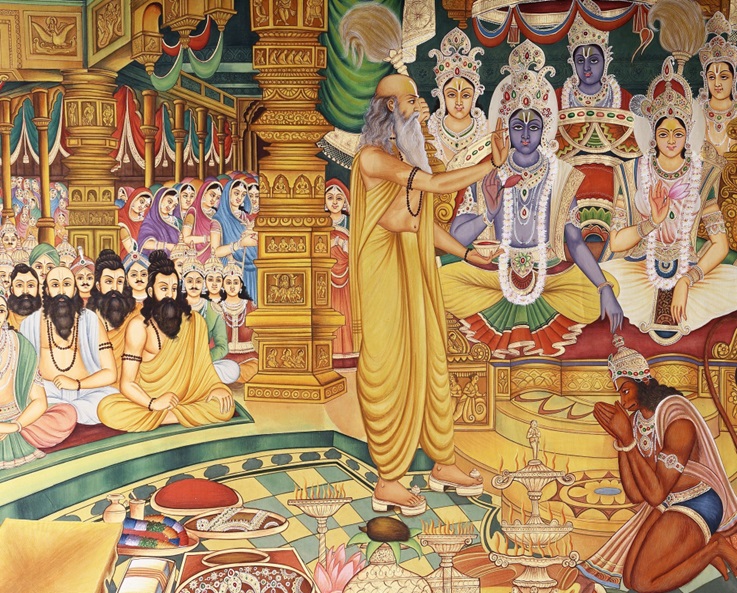
Lord Krishna Kills Demon Narkasur
Another significant legend linked to Diwali is the story of Lord Krishna defeating the demon Narakasura, freeing the imprisoned women and restoring peace. In different regions of India, Diwali is also associated with the worship of different deities, such as Goddess Lakshmi, the goddess of wealth and prosperity.
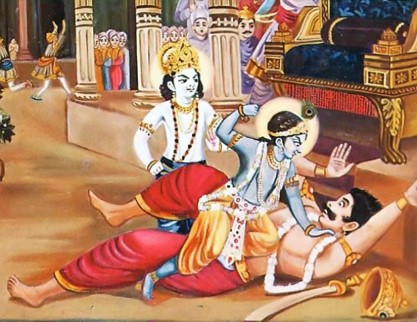
The victory of Lord Krishna over Narakasura is celebrated as Narak Chaturdashi or Choti Diwali, which is observed a day before the main Diwali festival. On this day, people take an oil bath before sunrise to symbolize the cleansing of impurities, and the victory of light over darkness is commemorated with the lighting of lamps.
The story of Narakasura serves as a reminder of the eternal battle between good and evil, with righteousness ultimately triumphing over tyranny. It adds a profound layer of meaning to the Diwali festival, emphasizing the significance of light, knowledge, and the pursuit of justice in the face of adversity.
Diwali - Preparation And Festive Atmosphere
The preparations for Diwali begin well in advance, creating a festive atmosphere that engulfs communities across India and Hindus across the world.
Diwali preparation include many activities. Homes are cleaned and decorated, symbolizing the importance of cleanliness and purity. People often buy new clothes, exchange gifts, and indulge in delicious sweets and savories.
The markets come alive with the sale of colorful rangoli (decorative patterns made on the ground with colored powders), traditional diyas (oil lamps), and a variety of festive decorations.
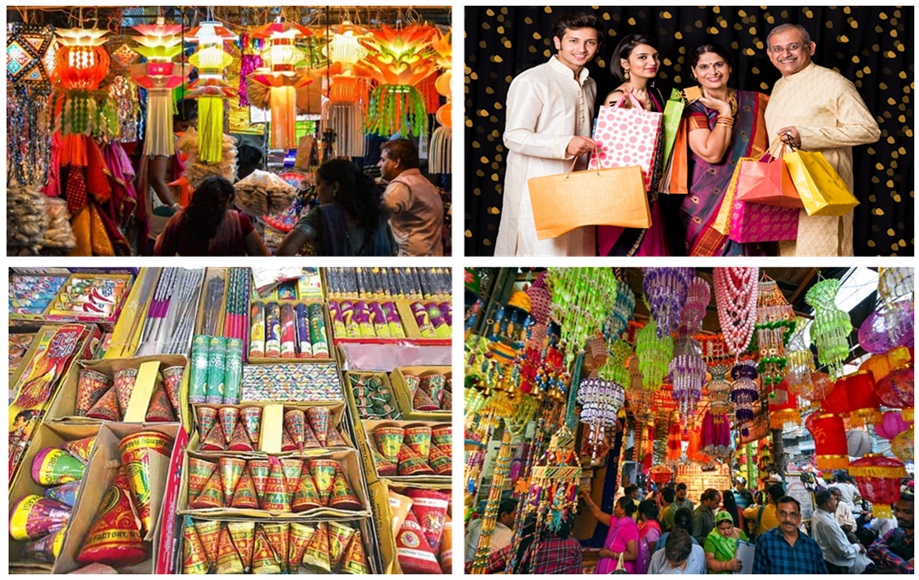
Lighting of Lamps and Diyas
The central theme of Diwali revolves around the lighting of lamps and diyas. In the evening, homes, temples, and public places are adorned with countless lights, creating a mesmerizing and magical ambiance. The idea behind this tradition is not just to dispel darkness but also to signify the triumph of knowledge over ignorance.
The rows of lamps are often arranged in intricate patterns, and the warm glow of their flames symbolizes the inner light that protects us from spiritual darkness. Firecrackers are also a traditional part of Diwali celebrations, although there is an increasing awareness about their environmental impact, leading to calls for more eco-friendly celebrations.
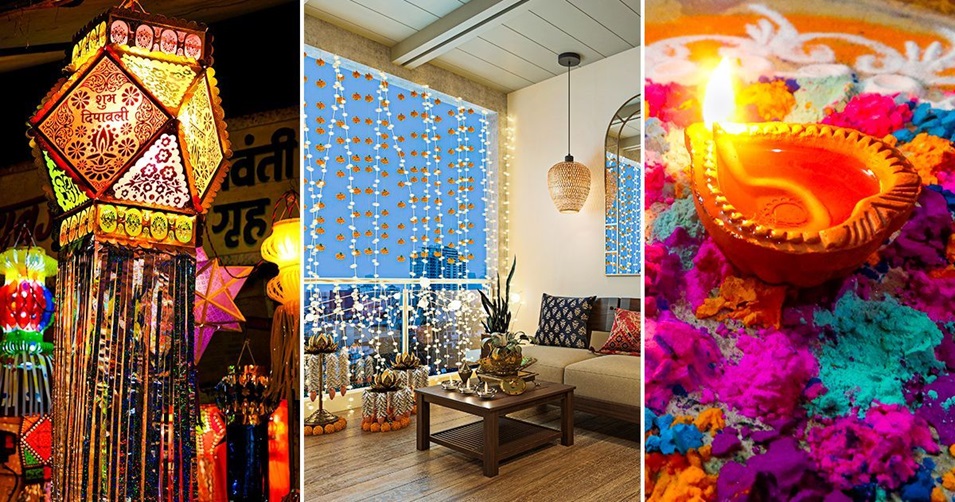
Firecrackers In Diwali
The use of firecrackers during Diwali has been a traditional practice for many years, adding a visual and auditory spectacle to the celebrations. The markets offer wide range of crackers specially designed for Diwali celebration.
The use of firecrackers during Diwali is a deeply rooted tradition that adds a unique element to the celebrations. However, it is essential to consider the environmental and health implications associated with their usage.
The Five-day Diwali Celebration
The five-day Diwali celebration, also known as Deepavali, is a multi-faceted festival that holds deep cultural, religious, and symbolic significance. Each day of Diwali has its own unique purpose and rituals, contributing to the overall festive experience.
Let’s explore the purpose and significance of each day of Diwali:
1st Day Of Diwali
Day 1: Dhanteras (Dhanatrayodashi)
Dhanteras marks the beginning of the Diwali festivities. The word “Dhanteras” is derived from “Dhan,” meaning wealth, and “Teras,” meaning the 13th day of the lunar fortnight.
Dhanteras is the first day of Diwali festivities, spanning over five days. On this day, devotees worship Goddess Lakshmi, Lord Kubera and Lord Dhanvantrari, the God of Ayurveda and health, seeking blessings for wealth, prosperity and well-being.
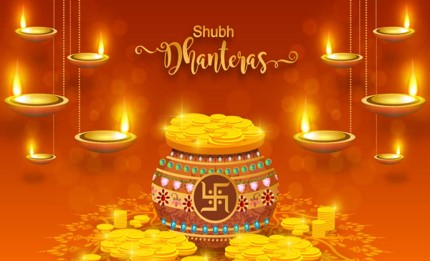
Significance Of Dhanteras
- People worship Lord Dhanvantari, the physician of the gods, seeking health and well-being.
- Goddess Lakshmi, the goddess of wealth, is also worshipped, and it is believed that buying gold or silver on this day brings prosperity.
- Cleaning and decorating homes commence to welcome Goddess Lakshmi and invite positive energies.
2nd Day Of Diwali
Day 2: Naraka Chaturdashi (Choti Diwali)
Naraka Chaturdashi commemorates the victory of Lord Krishna over the demon Narakasura.
The victory of Lord Krishna over Narakasura is celebrated as Narak Chaturdashi or Choti Diwali, which is observed a day before the main Diwali festival. On this day, people take an oil bath before sunrise to symbolize the cleansing of impurities, and the victory of light over darkness is commemorated with the lighting of lamps.
The story of Narakasura serves as a reminder of the eternal battle between good and evil, with righteousness ultimately triumphing over tyranny. It adds a profound layer of meaning to the Diwali festival, emphasizing the significance of light, knowledge, and the pursuit of justice in the face of adversity.
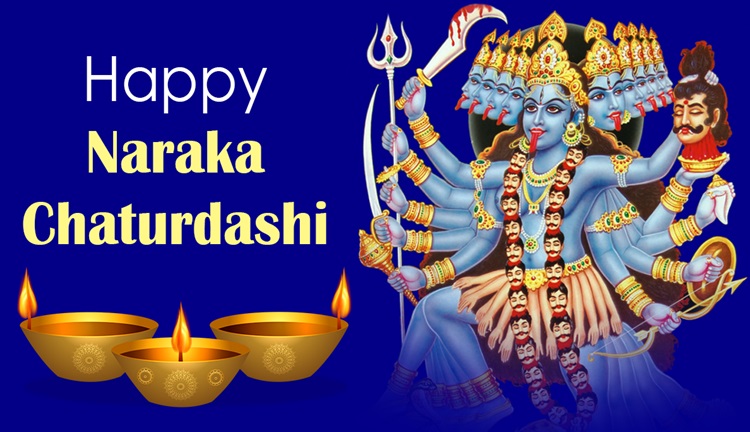
Significance Of Naraka Chaturdashi (Choti Diwali)
- Early in the morning, a cleansing oil holy bath with aromatic Uttan (Abhinga Snan) is taken to symbolize the victory of light over darkness and good over evil.
- The lighting of lamps signifies the triumph of righteousness and the dispelling of ignorance.
- Firecrackers are often associated with this day, symbolizing the vanquishing of the demon.
3rd Day Of Diwali
Day 3: Laxmi Poojan , Diwali (Main Diwali)
The third day of Diwali, also known as the main Diwali or Laxmi Poojan, is the focal point of the entire festival. This day holds immense significance as it is dedicated to the worship of Goddess Lakshmi, the goddess of wealth, prosperity, and abundance. Let us take a look at the traditional rituals and significance of Laxmi Poojan on the third day of Diwali:
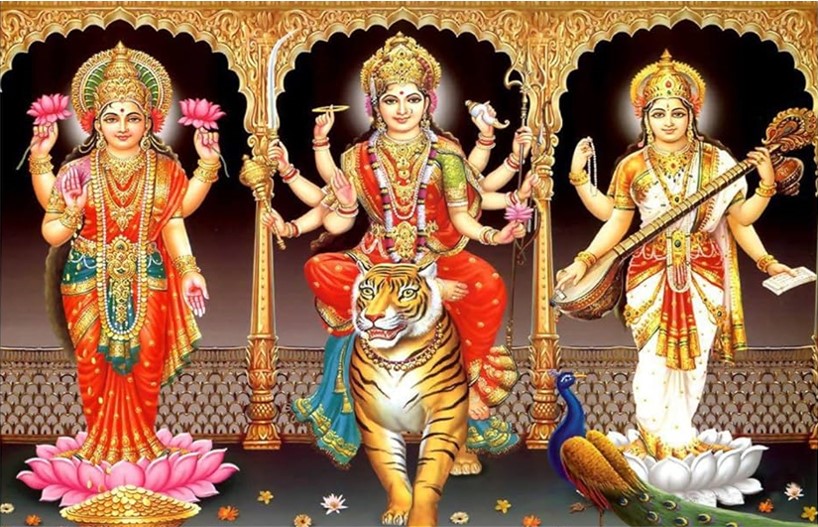
Date and Timing:
Laxmi Poojan falls on the third day of the Diwali celebrations, which is typically the new moon day of the Hindu month of Kartik. The worship is performed during the auspicious time known as the Mahurat, which is believed to be the most propitious moment for invoking Goddess Lakshmi’s blessings.
Preparations:
Preparations for Laxmi Poojan begin days in advance. Homes are thoroughly cleaned and decorated to welcome Goddess Lakshmi. Rangoli (decorative patterns made on the floor), often depicting lotus flowers and other auspicious symbols, adorns the entrances, adding to the festive ambiance.
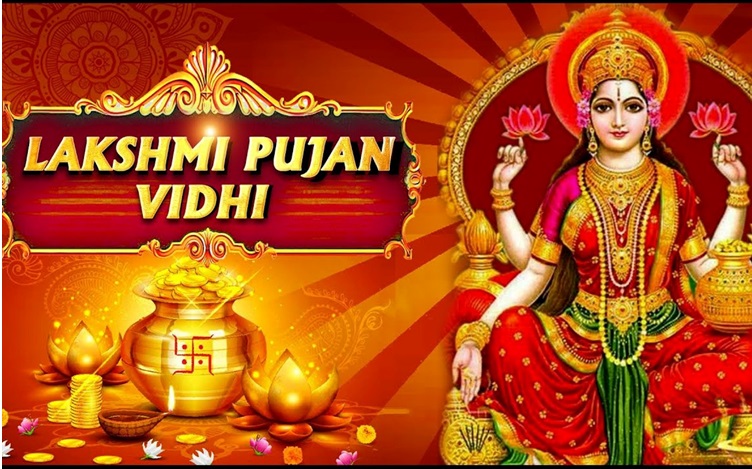
Significance Of Diwali Lakshmi Pujan
- Homes are illuminated with lamps and candles to welcome Goddess Lakshmi, who is believed to visit on this night.
- Special prayers and pujas are conducted to seek the blessings of Goddess Lakshmi for wealth, prosperity, and abundance.
- Families exchange gifts, sweets, and extend wishes to celebrate the joyous occasion.
4th Day Of Diwali
Day 4: Govardhan Puja (Annakut)
Govardhan Puja is dedicated to Lord Krishna and commemorates the lifting of the Govardhan Hill to protect the villagers from God of Rains, Indra’s wrath.
Govardhan Puja, also known as Annakut or Annakoot (meaning a “mountain of food”), is a part of Diwali five day celebration. It is a Hindu festival celebrated on the first lunar day of the bright fortnight of the month of Kartika, on the fourth day of Diwali.
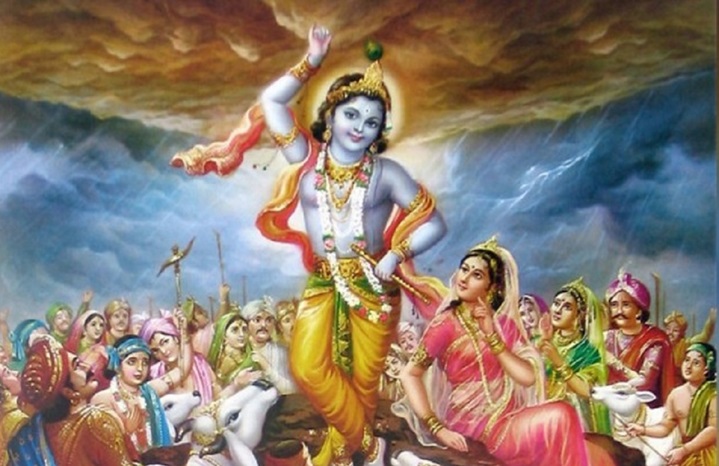
Significance Of Diwali Govardhan Puja
- Devotees create an annakut (mountain of food) to symbolize the Govardhan Hill, offering a variety of vegetarian dishes to the deities.
- It emphasizes the importance of nature, agriculture, and the protection of the environment.
5th Day Of Diwali
Day 5: Bhai Dooj (Yama Dwitiya)
Bhai Dooj, also known as Bhai Phota in Bengali, Bhau Beej in Marathi, and Bhai Teeka in Nepal, is a Hindu festival that celebrates the bond between brothers and sisters. It is observed on the fifth day of Diwali, the festival of lights.
Bhai Dooj is a day dedicated to strengthening the relationship between siblings through rituals, prayers, and the exchange of gifts.
Bhai Dooj reinforces the importance of family bonds and serves as a day for expressing love, appreciation, and gratitude between brothers and sisters. It is a celebration of the unique and enduring relationship that siblings share, and the rituals performed on this day hold cultural, historical, and mythological significance.
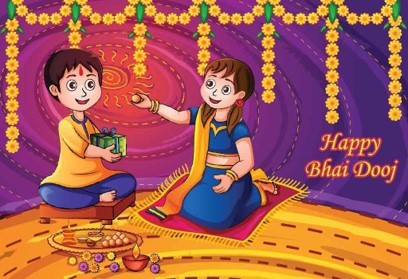
Date and Timing:
Bhai Dooj is celebrated on the second day of the bright fortnight (Shukla Paksha) in the Hindu month of Kartik, which usually falls a day after Diwali. The festival is observed during the daytime, and sisters perform various rituals to express their love and affection for their brothers.
Significance Of Diwali Bhai Dooj
- Sisters perform aarti for their brothers, applying tilak on their foreheads and praying for their well-being.
- Brothers, in turn, give gifts to their sisters and promise to protect them.
- The day symbolizes love, care, and the strengthening of familial ties.
Significance Of Diwali Celebration
In essence, each day of the Diwali celebration contributes to the overall narrative of the triumph of good over evil, the importance of family and community, and the pursuit of spiritual enlightenment and prosperity. The festival serves as a time for reflection, gratitude, and the reaffirmation of positive values.
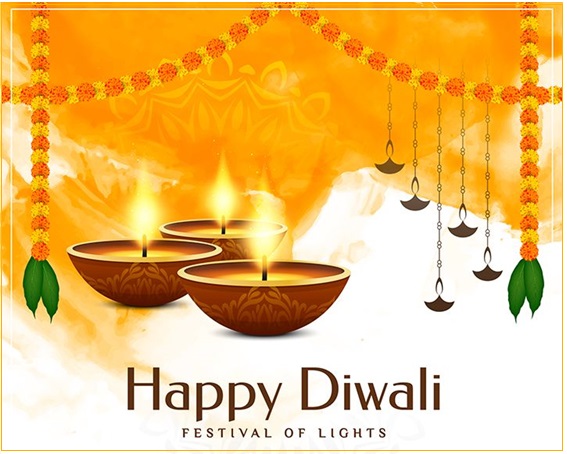
Spiritual Renewal
Diwali represents a time of spiritual renewal and the triumph of virtue over vice. It is an opportunity for individuals to reflect on their lives, cleanse their minds and hearts, and embrace positive changes.
Community and Family Bonding
Diwali brings families and communities together. The rituals and celebrations foster a sense of unity, togetherness, and shared joy, emphasizing the importance of relationships and mutual support.
Cultural Richness
The diverse traditions associated with each day of Diwali showcase the cultural richness and diversity of India. The festival serves as a vibrant tapestry that weaves together various customs, rituals, and stories.
Symbolism of Light
Lighting lamps and diyas during Diwali symbolizes the victory of light over darkness, knowledge over ignorance, and the dispelling of negativity. It serves as a reminder to strive for inner illumination and righteousness.
Charity And Generosity
Diwali encourages acts of charity and generosity. Many people engage in philanthropy, helping those in need and sharing their prosperity with others. This reflects the spirit of giving and selflessness.
